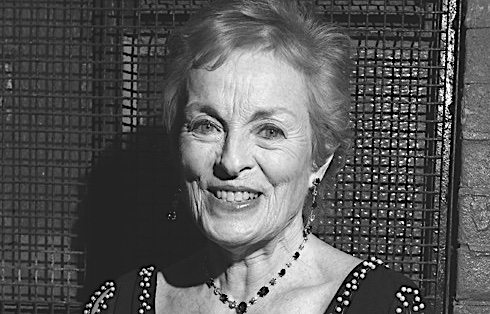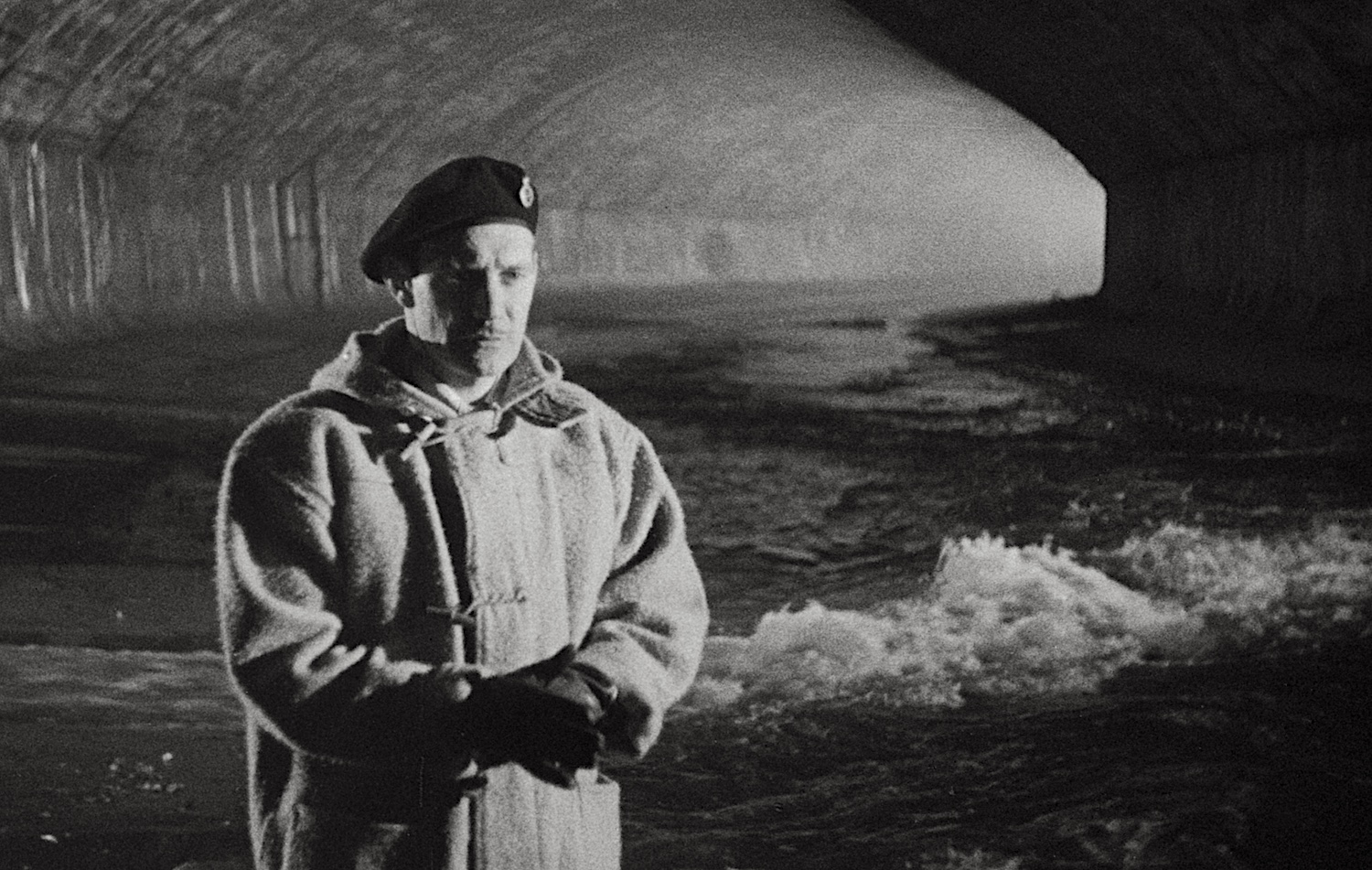It was originally released in Britain 75 years ago this month, making its debut in a small cinema in Hastings on 1 September 1949, and quite a few people will tell you that The Third Man is their all-time favourite film. Carol Reed’s noir classic uses bomb-ravaged Vienna as an index of the aftermath of World War Two. It’s a city divided between the Allies and the Russians, stranded in a murky limbo between the old pre-war Europe and the divided continent that’s painfully starting to take shape. It’s a city of secrets, lies and shadows – and very haunting Expressionist-style shadows they are too, thanks to the stunning work of Australian cinematographer Robert Krasker.
The film brought together a remarkable roster of talents which ensured that almost everything in it became uniquely memorable – Graham Greene’s screenplay, Orson Welles’s suave and slippery portrayal of the amoral black marketeer Harry Lime, the legendary scene on the Riesenrad ferris wheel, the spectral chase thorough the Viennese sewers… All of this was capped by Reed’s inspired decision to use the zither player Anton Karas to create the score, which has become an enduring marvel in its own right. "Has there ever been a film where the music more perfectly suited the action than in Carol Reed's The Third Man?” pondered the critic Roger Ebert.
 For its 75th anniversary, the film is back in cinemas, with a new 4k UHD “Collector’s Edition” due shortly from StudioCanal's Vintage Classics Collection. And to mark the occasion, there was a screening of the film in London preceded by an interview with Angela Allen (pictured left), who, aged just 19, was the fledgling script supervisor on Reed’s production. Quizzed by writer/broadcaster Matthew Sweet, she reminisced about her experiences in Vienna.
For its 75th anniversary, the film is back in cinemas, with a new 4k UHD “Collector’s Edition” due shortly from StudioCanal's Vintage Classics Collection. And to mark the occasion, there was a screening of the film in London preceded by an interview with Angela Allen (pictured left), who, aged just 19, was the fledgling script supervisor on Reed’s production. Quizzed by writer/broadcaster Matthew Sweet, she reminisced about her experiences in Vienna.
“There was the American quarter and the Russian quarter and the French quarter. And the rubble was literally up to the second floor of most of the buildings on the Karntner Strasse. It was definitely a very bombed-out city. We were in the Astoria hotel, which wasn’t one of the most luxurious ones, but that was the only hotel we could be put in.”
Allen was attached to the film’s second unit and ended up spending three or four weeks in the sewers (“I got my badge as the sewer queen”.) In stark contrast, Orson Welles couldn’t be persuaded to go into the sewers at all.
“He was called to the set in the sewers, and when he arrived he saw the crew, including the actors, Joseph Cotten and Trevor Howard, having a bacon sandwich or whatever they were having, and he was appalled and shocked. He would never go down the sewers again, so they had to build the sewers at Shepperton Studios. Because he was the star, he could get away with this.”
 Sewers aside, he was hard to pin down at the best of times.
Sewers aside, he was hard to pin down at the best of times.
“Orson Welles was very hard to find,” Allen added. “He was in Paris, so they sent somebody to Paris to get him, and then he’d fly to Rome and they’d go to Rome, and he’d had have gone off somewhere else. He was very elusive, because he was always chasing money for his own films.”
Welles’s absences prompted some creative solutions from the crew. First assistant director Guy Hamilton (who would later direct four James Bond films) stood in for Welles in a scene where he’s seen as a shadow running through the Vienna streets.
“Carol said to Guy, ‘you’ll have to double it, so put a coat-hanger in your shoulders because you’re much narrower’. So when Orson did arrive, he was stuck with wearing the coat and hat because that had been established. He was a big star and a very well-known actor and personality, but he certainly could be difficult.” (pictured below, Trevor Howard as Major Calloway)
 The film’s most frequently quoted passage is Lime’s remark that “in Switzerland, they had brotherly love, they had five hundred years of democracy and peace, and what did that produce? The cuckoo clock.” It wasn’t in Greene’s screenplay and was inserted by Welles.
The film’s most frequently quoted passage is Lime’s remark that “in Switzerland, they had brotherly love, they had five hundred years of democracy and peace, and what did that produce? The cuckoo clock.” It wasn’t in Greene’s screenplay and was inserted by Welles.
Allen recalled how “he was being very, very difficult with Carol and he hadn’t learned his lines completely and he was experimenting and trying it out. I’ve subsequently heard that actually it wasn’t an original line.” Apparently not, with Welles himself later saying he’d purloined it from “an old Hungarian play”.
Luckily, other cast members presented fewer challenges. “Joseph Cotten was very charming, very hard working,” said Allen. As for Elida Valli (pictured below), who played Lime’s girlfriend Anna Schmidt, “she didn’t give anybody any trouble, she learned her lines, she was fine.”
However, Reed drove his crew and actors hard to get the job done, frequently pushing everyone to put in more than their contractually-stipulated hours.
 “Carol lived, we all know, on Benzedrine to keep him going day and night. No, the rest of the crew weren’t on things. People didn’t do drugs in those days. Yes they drank, but they didn’t do drugs. You were supposed to have so many hours off, but they may have short-circuited it a bit. I think Trevor Howard was given some kind of dispensation to spend the gap in a nightclub nearby. Trevor and his partner in crime in the film might have had a few nights out, but everybody adored Trevor so it didn’t matter.”
“Carol lived, we all know, on Benzedrine to keep him going day and night. No, the rest of the crew weren’t on things. People didn’t do drugs in those days. Yes they drank, but they didn’t do drugs. You were supposed to have so many hours off, but they may have short-circuited it a bit. I think Trevor Howard was given some kind of dispensation to spend the gap in a nightclub nearby. Trevor and his partner in crime in the film might have had a few nights out, but everybody adored Trevor so it didn’t matter.”
At the end of it, they’d created a classic. But did they realise?
“No,” said Allen. “You always hope when you make a film that it’s going to be a success and that it’s going to work out. But no, we didn’t know at all. So it was an enormous surprise, I think, including for Carol, when it turned out the way it did.”
- The Third Man is in cinemas from 6 September
- More film on theartsdesk















Add comment